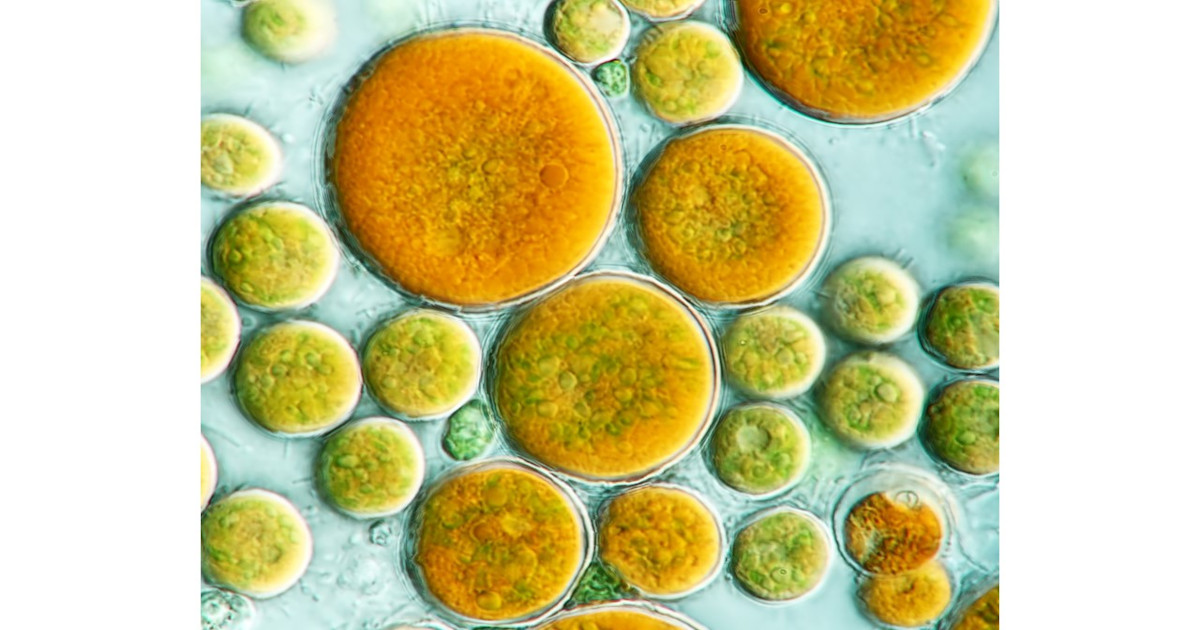The Phylogenetic Diversity of Cyanobacteria and Algae
A special issue of Diversity (ISSN 1424-2818). This special issue belongs to the section "Phylogeny and Evolution".
Deadline for manuscript submissions: closed (30 September 2023) | Viewed by 22489

Special Issue Editors
Interests: cyanobacteria; microalgae; marine algae; molecular biology; phylogenetics
Special Issue Information
Dear Colleagues,
The diversity of algae and cyanobacteria is extensive in aquatic and terrestrial ecosystems, where they act as important primary producers. Even though genetic studies of different taxonomic groups have recently intensified, the rate of discovery of novel biodiversity remains relatively high. Phylogenetic studies can provide insights into the evolution and biodiversity of cyanobacteria and algae, as well as their biogeography and systematics in general. In this Special Issue, we encourage the submission of manuscripts that describe the phylogenetic relationships of different taxonomic groups of cyanobacteria and algae, especially those from under-sampled taxa, unexplored environments, and those exhibiting cryptic diversity among species.
Prof. Dr. Gabrielle Zammit
Prof. Dr. Elliot Shubert
Guest Editors
Manuscript Submission Information
Manuscripts should be submitted online at www.mdpi.com by registering and logging in to this website. Once you are registered, click here to go to the submission form. Manuscripts can be submitted until the deadline. All submissions that pass pre-check are peer-reviewed. Accepted papers will be published continuously in the journal (as soon as accepted) and will be listed together on the special issue website. Research articles, review articles as well as short communications are invited. For planned papers, a title and short abstract (about 100 words) can be sent to the Editorial Office for announcement on this website.
Submitted manuscripts should not have been published previously, nor be under consideration for publication elsewhere (except conference proceedings papers). All manuscripts are thoroughly refereed through a single-blind peer-review process. A guide for authors and other relevant information for submission of manuscripts is available on the Instructions for Authors page. Diversity is an international peer-reviewed open access monthly journal published by MDPI.
Please visit the Instructions for Authors page before submitting a manuscript. The Article Processing Charge (APC) for publication in this open access journal is 2100 CHF (Swiss Francs). Submitted papers should be well formatted and use good English. Authors may use MDPI's English editing service prior to publication or during author revisions.
Keywords
- algae
- microalgae
- cyanobacteria
- diversity
- systematics
- biogeography
- terrestrial and aquatic ecology
- polyphasic approach
- evolution
- phylogenomics
Benefits of Publishing in a Special Issue
- Ease of navigation: Grouping papers by topic helps scholars navigate broad scope journals more efficiently.
- Greater discoverability: Special Issues support the reach and impact of scientific research. Articles in Special Issues are more discoverable and cited more frequently.
- Expansion of research network: Special Issues facilitate connections among authors, fostering scientific collaborations.
- External promotion: Articles in Special Issues are often promoted through the journal's social media, increasing their visibility.
- e-Book format: Special Issues with more than 10 articles can be published as dedicated e-books, ensuring wide and rapid dissemination.
Further information on MDPI's Special Issue polices can be found here.





